The genesis of Les minettes en goguette, the sequel
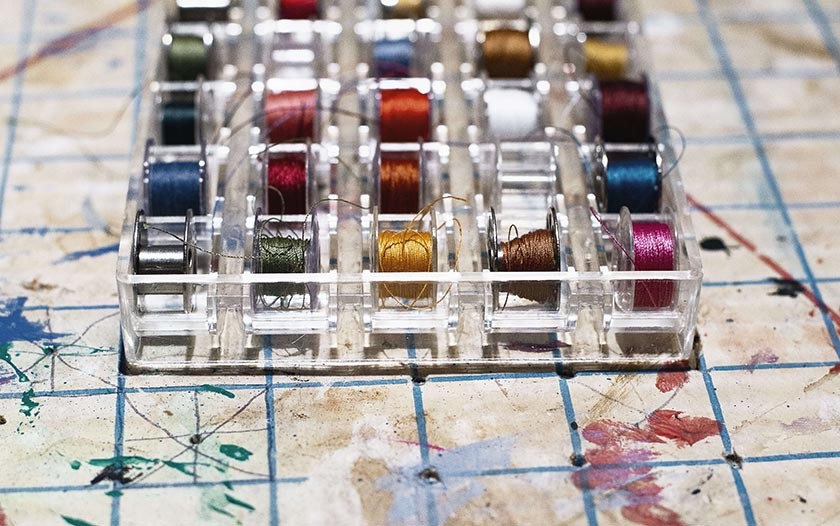
That was the 1st step: I found the solution to dress myself!!!
Then, I had to “dig into” the textile side. Vast subject that this one too.
I realized the evolution of skin texture, sensations in terms of touch and sensitivity .
The treatments, more than necessary, are a real upheaval in hormones & body.

The consequences are varied such as fatigue (which can be irresistible, to the point of needing to close your eyes and it can be really surprising, especially when you are used to being very active) or weight fluctuation , and at the level of the skin more specifically one can find rashes , very dry skin , excessive perspiration and a greater sensitivity to cold and heat .
Some fabrics become unbearable on the skin for different reasons:
chafing , discomfort caused by the wrong material, excessive sweating or changed skin, keloid scar (raised, which may extend beyond the treated area) on which contact with a fabric that hangs is unpleasant at the highest point…
I started to do research to better understand the world of textiles , then I investigated in more detail each of the fabrics of my own clothes and mastectomy bra . It allowed me to understand that it was not, for example, the twills no longer suited me (because of the weaving method) but the composition of the fabrics.

I very quickly sorted to keep only clothes with a breathable and ultra-soft fabric for the skin and scars. I put aside the clothes that irritated my skin or in which I no longer felt comfortable. It makes room, thank you second-hand sites, and for me, it was also a way of turning a page.
My research gave me the impression of pulling the thread of an endless ball of wool , a bottomless pit... in short, a very, very, very vast subject.
I discovered the super polluting side of fashion (and yes, I'm not ashamed to say it, I didn't expect that much). Not that I'm naive, but rather ill-informed… In reality, I had never really looked into the subject, not being myself a compulsive buyer (ignorance, I thought. And that goes well beyond the act of purchase... These are the modes of production of fibres, fabrics, their treatment, transport, fast-fashion... (I will tell you more about this in a future post).
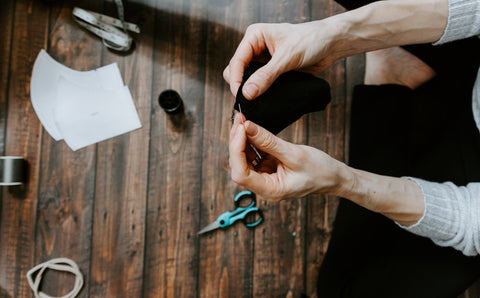
For example*, in new clothing , made with non-certified fabrics , we find lead, NPEs (nonylphenol and nonylphenol ethoxylates), phthalates, PFCs (perforated and polyfluorinated chemicals), formaldehyde, which have an impact on hormones and can generate various diseases, including cancer. All these products are found against our skin all day long, and then in the washing waters, and their path obviously continues.
So yes, the manufacture of clothing is polluting, but consumer behavior is just as polluting: whether it's through the compulsion to buy, the washing method (temperature, products used, etc.) or when he gets rid of his wardrobe (3/5 of the clothes end up in landfill or incinerator*).
OMG!!! There is a lot to be said for fast fashion.

It was more than a trigger for the need to create an eco-responsible brand, a raison d'être. The climatic events of recent months around the world show us that it is time to turn into hummingbirds...
* McKinsey & Qantis study
* WWF study - Eco-design guide for textile-clothing products
...../.....to be continued
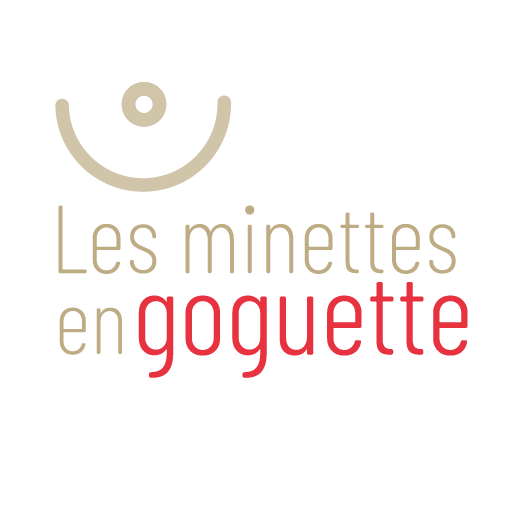
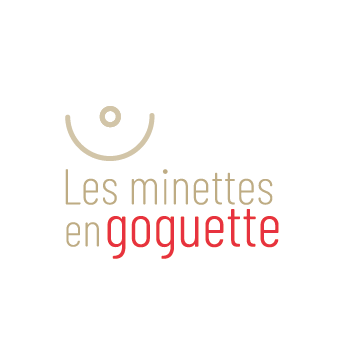

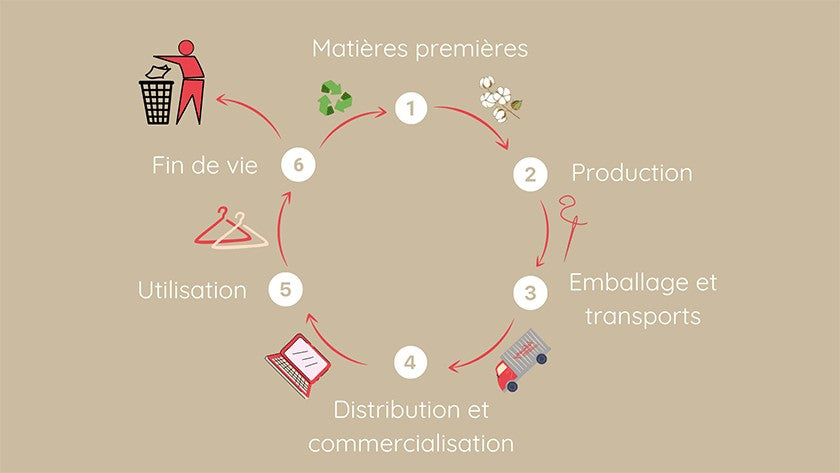

Leave a comment